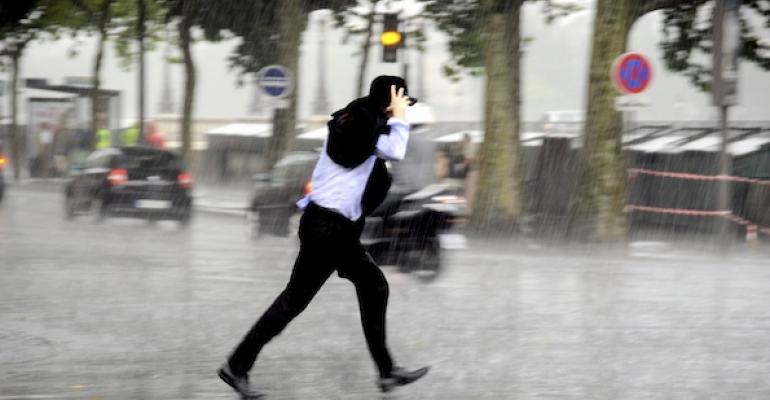 This post is part of the On the Margin blog.
This post is part of the On the Margin blog.
Falling unemployment yields higher restaurant sales. That might seem obvious to most people reading this post, but here are some numbers to prove it.
According to APT, an analytics’ software company that tracks information from 100,000 retail and restaurant locations around the country, restaurant sales rose 2.7 percent in July.
But in communities with a falling unemployment rate, sales rose 3.4 percent. In communities with an increasing unemployment rate, those sales rose just 2 percent.
This isn’t much of a surprise. When people have jobs, they are more likely to eat out because they have less time to cook at home and they have more money to spend at restaurants. If anything, it seems like the gap between communities with rising employment and those without should be larger than 140 basis points.
APT analyzes sales from its customers throughout the country. Those customers are typically large restaurant companies, notably franchisors and company-operated concepts with a $500 million in sales or more. So the index might keep out smaller, high growth concepts. Still, its numbers are consistent with those from other indices that analyze sales.
For instance, sales increases now are coming almost entirely through average check and not traffic, as customers don’t eat out more often but spend more when they do, said Jonathan Marek, senior vice president at APT. Sales were up 2.7 percent but traffic fell 0.6 percent overall.
And consumers continue to shift spending away from casual dining to QSR restaurants. Sales at full-service restaurants rose 1.1 percent. QSRs, by contrast, had 5.3-percent sales growth.
But the report also analyzed sales based on other factors. Two other factors influencing sales: Rain and whether a city is west of the Mississippi.
Each of the top five performing metro areas are west of the Mississippi, according to APT: Seattle, Riverside, Calif., Portland Ore., San Francisco and Minneapolis.
The bottom five, meanwhile, are all out east, including the worst, Detroit, followed by Pittsburgh, Baltimore, Boston and Philadelphia.
“It’s been a fairly consistent trend” for the past several months, Marek said.
Weather also impacts restaurant sales. But it’s not just snow and cold that keeps people home. Rain in the spring and summer can, too.
In areas where there were five or fewer rainy days in July, restaurant sales increased 3.3 percent in July, according to APT. By contrast, sales increased just 2.1 percent in areas with more than five rainy days. Consumers, apparently, don’t like getting wet.
That sales are better out west and the weather is better there, too, might not be a coincidence, Marek said.
“I can imagine some of this in Seattle and Portland, they’ve had exceptional, nice weather,” Marek said. California cities, meanwhile, are regularly free from weather problems in summer months.

